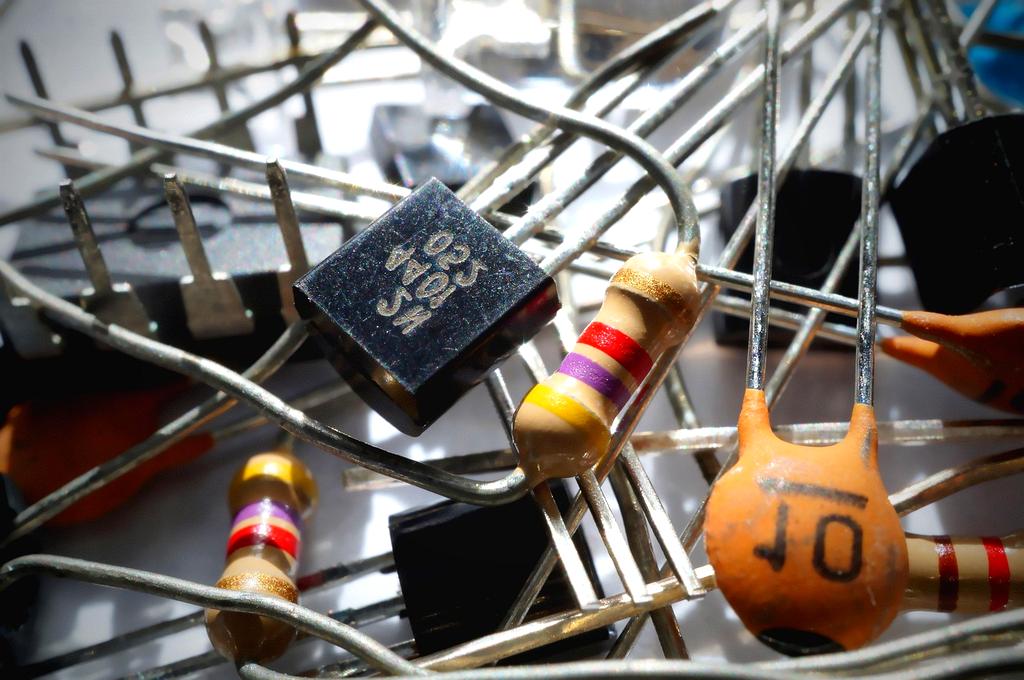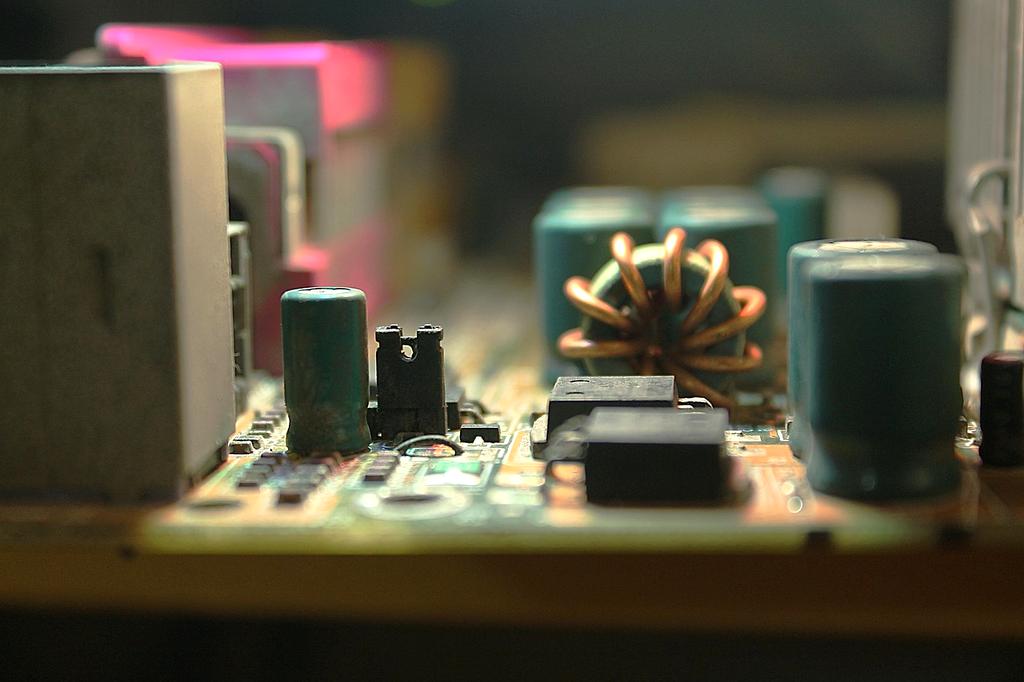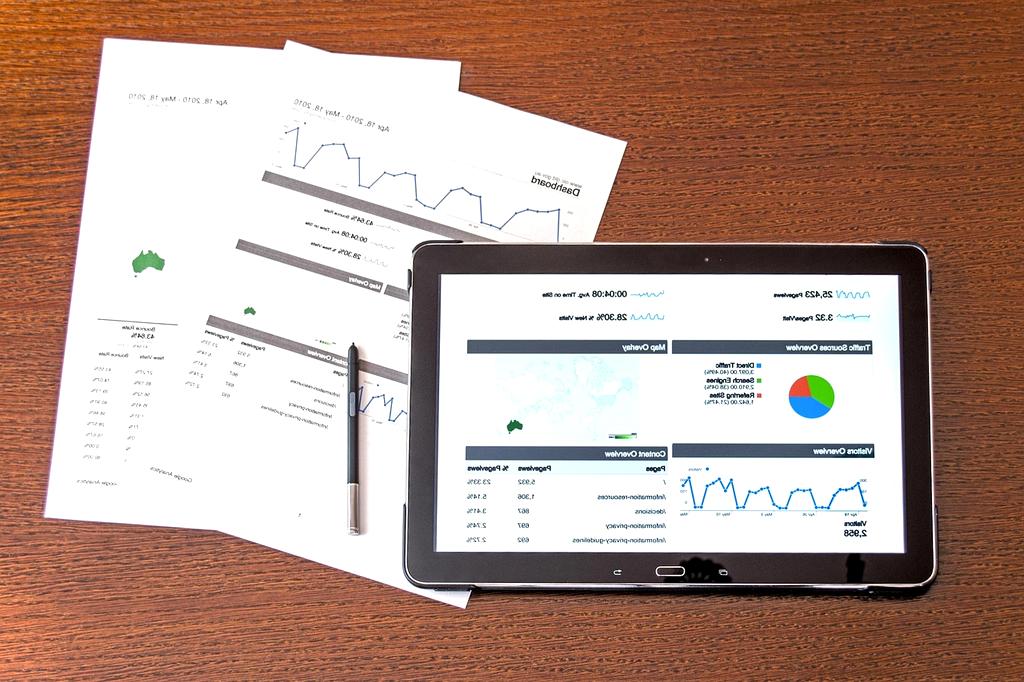Stay ahead of the curve with our in-depth analysis of emerging technologies and their potential impact on society and business.
Read Featured StoryA capacitor is a passive electronic component that stores electrical charge. The amount of energy a capacitor can store is known as capacitance, measured in farads (F). Capacitors are found in almost every electronic circuit and serve various essential functions.
Capacitors can store small amounts of electrical energy, similar to a rechargeable battery, although they hold much less energy compared to batteries of the same size and weight. Supercapacitors, a special type, can hold more energy than regular capacitors but still less than most batteries. However, capacitors can be charged and discharged extremely quickly, sometimes millions of times per second.
The basic structure of a capacitor consists of two conductors (such as metal plates) separated by an insulator called a dielectric. When voltage is applied, one plate accumulates positive charge and the other accumulates negative charge, with the dielectric material preventing direct electron flow between them. This arrangement lets capacitors store and release electrical energy efficiently.
A capacitor’s capacity to store charge depends on three primary factors: the surface area of its plates, the distance between them, and the properties of the dielectric. Different types of capacitors include ceramic, film, electrolytic, and supercapacitors, each with unique use cases. Over time, capacitors may fail, especially those containing liquid electrolytes, and this is a common cause of malfunction in electronic devices – bulging or leaking capacitors often need replacement.
Capacitors function by momentarily storing and releasing electrical charge. When a circuit applies voltage, electrons accumulate on one plate, building up a separated electrical potential. Once full, no more current can enter. When the circuit calls for it, the capacitor discharges its stored energy, releasing it rapidly.
Early capacitors used foil and paper. Modern designs use ceramics, polymers, or even etching directly onto integrated circuits. Most capacitors used in electronics are rated in microfarads, nanofarads, or picofarads, while supercapacitors can store tens of farads.
Capacitors are critical components in almost every electronic device:

Even after a device is powered off, capacitors can retain a charge, so caution is necessary when working with electronics. From power supplies to communications equipment and digital memory, capacitors are fundamental to modern technology.
Lorem ipsum dolor sit amet, consectetur adipiscing elit. Sed sit amet massa id leo facilisis posuere. (Replace with actual news content when available.)
Our dedicated team ensures you get the latest tech news as it happens, with real-time updates and breaking stories.
Beyond the headlines, we provide thoughtful analysis and expert opinions on how tech developments impact businesses and society.
Stay ahead of the curve with our insights into emerging technologies and predictions about where the tech world is heading.
We are a dedicated team of tech enthusiasts committed to bringing you the most relevant and insightful coverage of the fast-evolving technology landscape.
Our mission is to demystify complex technological concepts and provide our readers with clear, accurate, and timely information about the innovations shaping our digital future.
With contributors from various tech backgrounds and specializations, we offer diverse perspectives and expert analysis that you can trust.


How artificial intelligence continues to transform industries and daily life through innovative applications.

The shift from cloud to edge computing and what it means for response times and data processing.

Green innovations that are helping technology companies reduce their environmental impact.